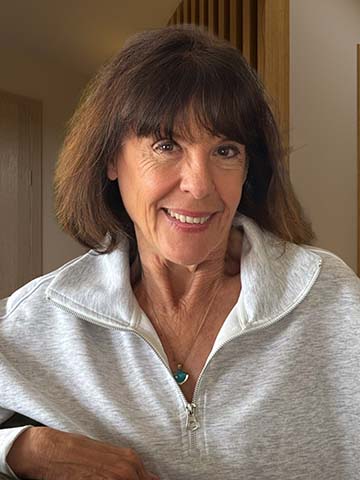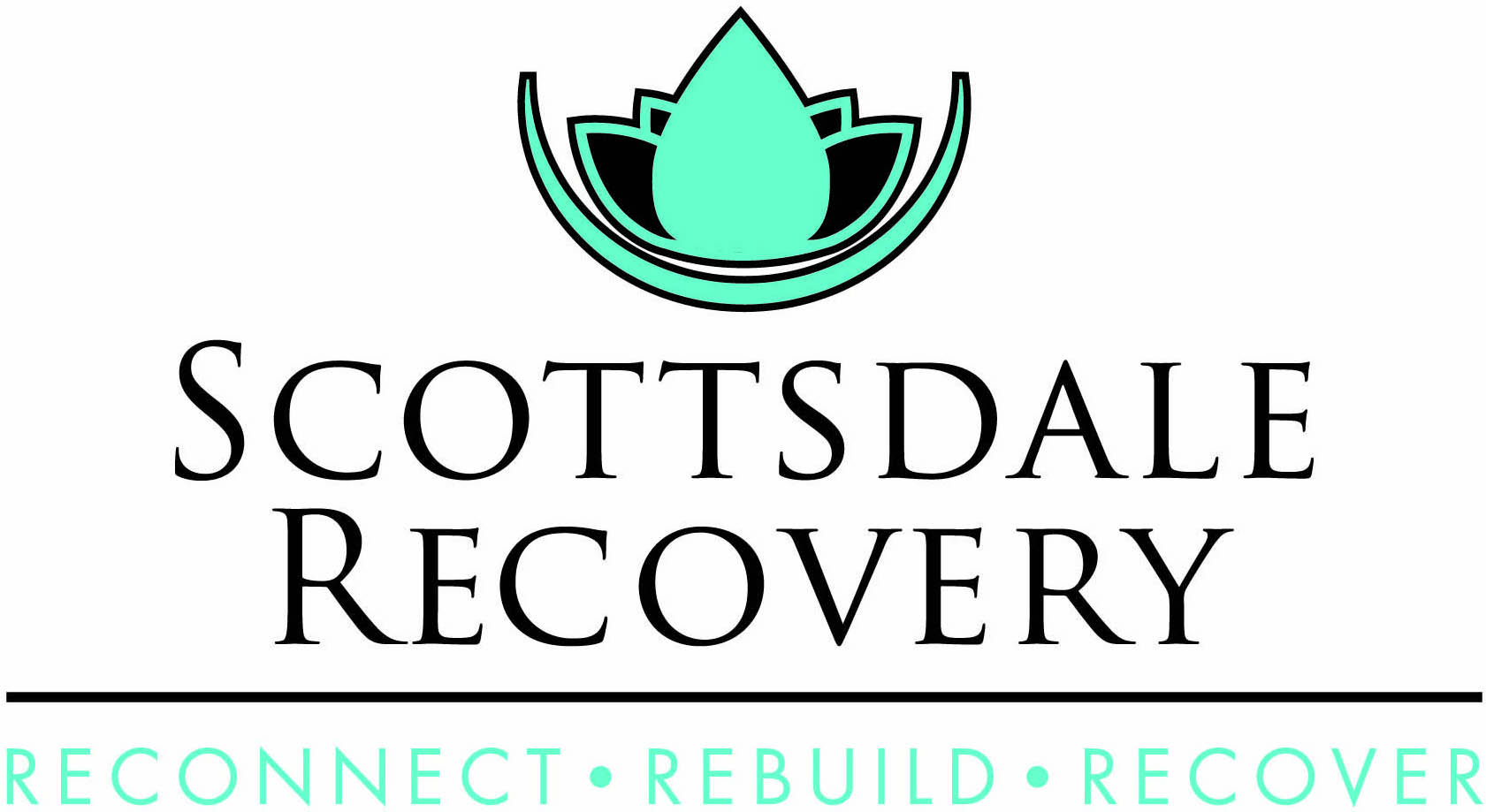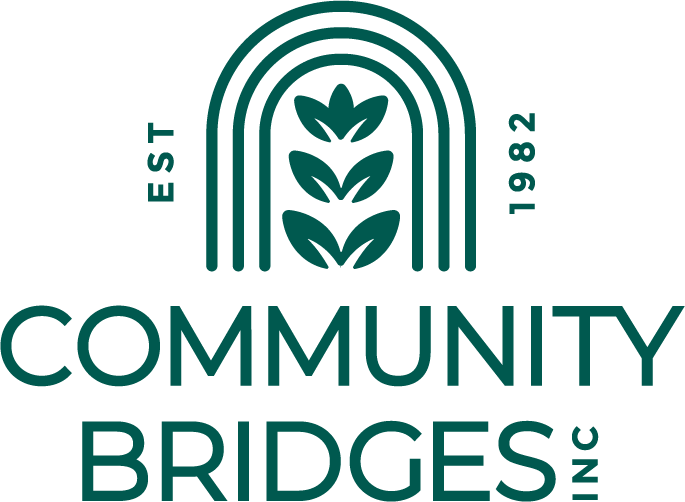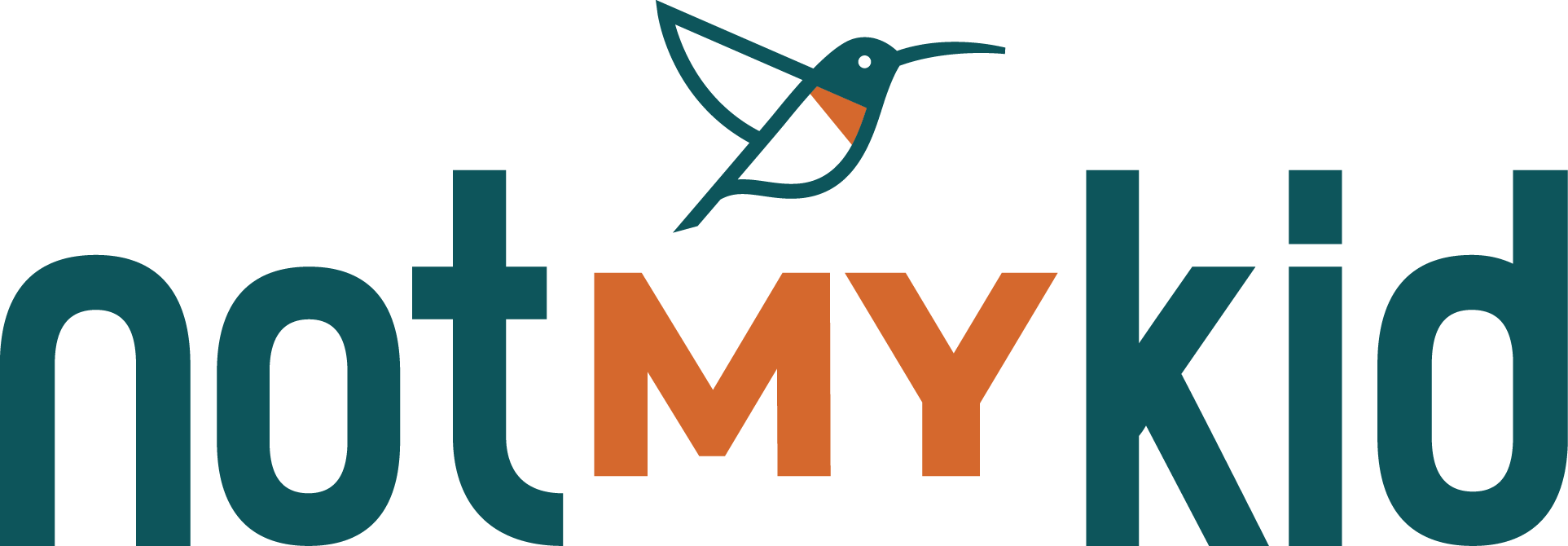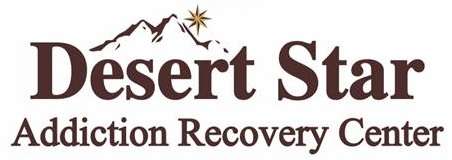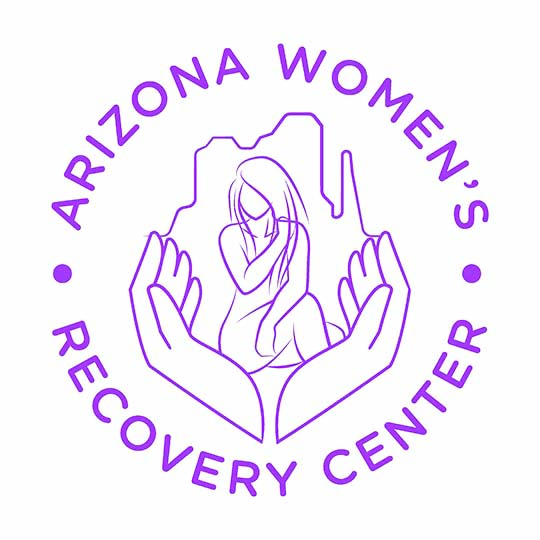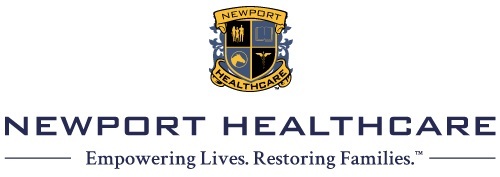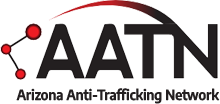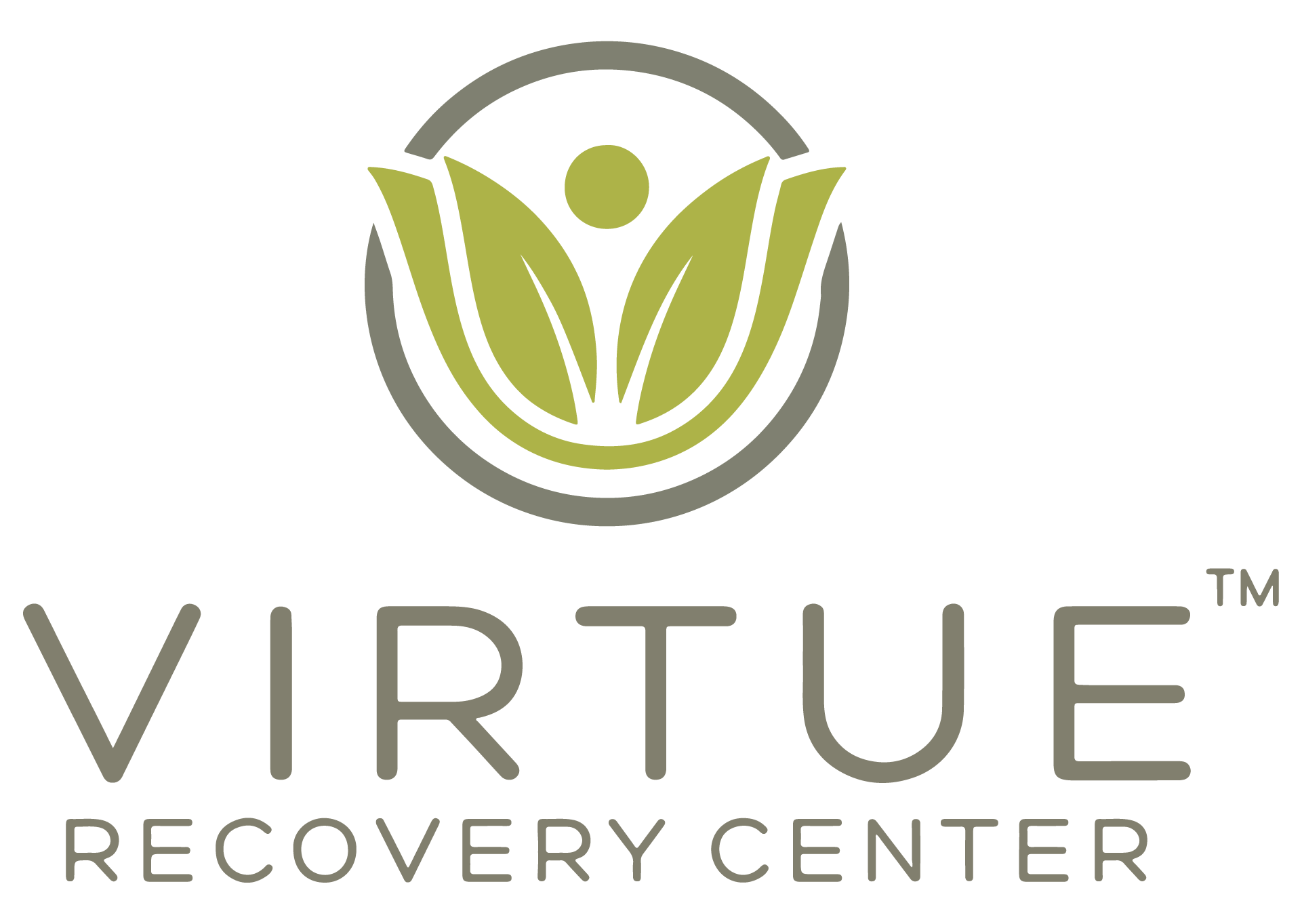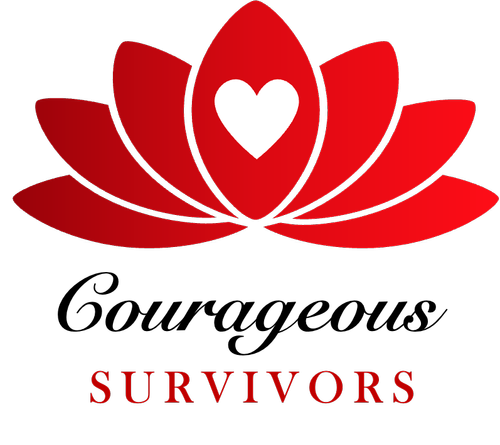Compassion Fatigue and Provider Resilience
By Jaime Vinck MC, LPC, NCC , CEO, Recovery Ways
“The expectation that we can be immersed in suffering and loss daily and not be touched by it is as unrealistic as expecting to be able to walk through water without getting wet.”
— Naomi Rachel Remen, Kitchen Table Wisdom
I became a student of Compassion Fatigue in 2016, while supervising therapists both administratively and clinically. It was baffling to me how talented professionals could become jaded and irritable, and in the worst cases, completely blow up their lives with poor decisions. My studies took me to the International Trauma Institute, where I received a certification in Compassion Fatigue.
Game on!
We implemented the tools learned through the training in our clinical department and throughout the organization with an immediate positive impact. I had the privilege of sharing training and tools throughout the U.S. and in the United Kingdom. The staff overseas was hungry for this support, and our work together on vicarious trauma was a game changer for their team. As life happens, I passed the Compassion Fatigue Training baton to one of my trusted colleagues and went on to study and speak on Suicide Prevention.
Then COVID hit us….
It was March of 2020 and the world shut down. I knew that it was time to start talking about Compassion Fatigue again and support the therapists who, as we already knew, were essential workers. Some therapists were virtual, some were still going into treatment centers and hospitals across the country every day. In April of 2020 we hosted a virtual event, and to our delight and surprise, 2,000 folks signed up and 1,500 actually signed on! The therapists that were on the Zoom (before it was a household name) were participating from their bathrooms, bedrooms, and cars. Between partners telecommuting and kids being home schooled, any place that they could get some privacy became fair game in hopes of gaining a tool or two to get them through.
We used a lot of words like ‘unprecedented’, ‘now more than ever’, ‘abundance of caution’, etc. you remember. I was so moved by this need to support our own, that I offered virtual Compassion Fatigue Training to any small group that was interested. Our content was modified as time went on and words such as new normal, virtual IOP, vaccines were the talk of the hour, however, the stress was no better and building.
In the two years from March 2020 to December 2022, more than 1,000 therapists spent time with us talking about their Compassion Fatigue. A beautiful thing, but not enough. In 2023, with the reality of staffing shortages, increased patient acuity and new variants, things have become even more intense. Many of our own are struggling with depression, substance use disorder, and yes, compassion fatigue.
Time to Talk Freely
In 2023 a colleague and I conducted a three-hour training on Compassion Fatigue in Washington State, and for the first time, I included Dr. Thomas Joiner’s Interpersonal Theory of Suicide. We spend a great time of time discussing Suicide Risk Factors, Warning Signs and Protective Factors. This information; however, was not intended for our clients, and was shared with the hopes of attendees reflecting on the information for themselves.
We have lost several behavioral health professionals to overdoses and suicide in 2023. It’s time for us to talk freely about the stressors involved in our day-to-day life, and to look at Compassion Fatigue and beyond, through the lens of 2023. The disclosure of our feelings of depression, anxiety and stress can be overwhelming, especially with the fear of the truth impacting our licenses.
Believe me, I get that one. There are ways, however, that we can support one another and create places of employment where folks feel safe to share their struggles.
This becomes more difficult when a therapist is working fully virtually, and you can expect to see something from the Recovery Ways Women’s Leadership Group to support clinician’s working virtually in Q1 2024.
This article will review the basic components of Compassion Fatigue, Suicide Risk Factors and Warning Signs, and provide suggestions for new tools for support.
Compassion Fatigue and Provider Resilience
Compassion Fatigue is the combination of secondary traumatic stress and burnout that creates profound emotional and physical exhaustion and depletes us of our hope and empathy. Compassion fatigue can impact our personal lives, physical health and emotional wellbeing. (Figley, 1995)
Basic definitions
Secondary traumatic stress is the emotional duress that results when an individual hears about the firsthand trauma experiences of another. Its symptoms mimic those of post-traumatic stress disorder (PTSD). They include being afraid, having difficulty sleeping, having images of stressful event, and avoidance. These are rapid onset.
Vicarious Trauma is the emotional residue of exposure that counselors have from working with people as they are hearing their stories and become witnesses to the pain, fear, and terror that trauma survivors have endured. The difference between secondary trauma and vicarious trauma is that secondary trauma can happen suddenly, in one session, while vicarious trauma is a response to an accumulation of exposure to the pain of others (Figley, 1995). Over time, VT creates covert cognitive changes that can impact your world view.
Burnout is a psychological syndrome of emotional exhaustion, depersonalization and reduced personal accomplishment. It is the chronic condition of perceived demands outweighing perceived resources. Burnout leaves us feeling exhausted, depleted, negative, and cynical.
These terms are similar but different/complementary and often used interchangeably and incorrectly. They can exist in several combinations depending on your history. For instance, I may be traumatized and disturbed by what I heard, and I may not want to watch TV, go to a park, etc. (VC) I may still be able to be supportive to a friend and may not feel completely depleted by work colleagues. Alternatively, I may be incredibly drained by my work, not able to give any more at home or at work, yet my world view is intact and I’m not having flashbacks.
These differences matter because we need to know what tools to use. Are we treating symptoms (maladaptive coping strategies) or the construct of the being (“I no longer trust”).
It is also important that we are familiar with the risk factors, warning signs and protective factors for suicide prevention. Dr. Joiners research revealed that risk factors to be aware of are feeling like a burden, failure to belong, primal humiliation and relationship disruption, as well as family history, substance abuse and childhood trauma.
Warning signs — and where we need to take immediate action are talking about wanting to die, giving away items, and false sense of recovery — or acting like things are OK with no change in circumstance. Protective factors, on the other hand, are things we can actually impact in the workplace. Being employed, a sense of purpose and community, as well as problem solving can all serve as protective factors. So, while our work is stressful, there is also great joy and compassion satisfaction derived from our clients, and each other.
As mentioned, the challenges of 2023 require new and different tools. At Recovery Ways, through the use of Sensory Integration and our Occupational Therapy Team, we utilize all 5 senses in regulating our nervous systems. Simple sensory tools such as fidgets, spinners, warheads, blue lights and essential oils can bring immediate calming. I keep a small sensory kit in my desk and briefcase for those encounters where a bit of regulation is needed in real time!
Below are two new resources that are also beneficial.
Resource #1
In 2022, the US Surgeon General published a General Framework for workplace Mental Health & Well Being. (www.hhs.gov/surgeongeneral/priorities/workplace-well-being/index.html ) This document reinforced what we learned during the Pandemic, that work can indeed be a place to belong and have positive impacts on one’s life. Workplaces that show employees they matter, and that the work matters, will create more resilient employees and create compassion and satisfaction. The Workplace Mental Health & Well Being report the five essentials for workplace well-being. Each essential is rooted in two human needs that are shared below:
- 1. Protection from harm
- a. Safety and Security
- 2. Connection and Community
- a. Social Support and Belonging
- 3. Work/Life Harmony
- a. Autonomy and Flexibility
- 4. Mattering at Work
- a. Dignity and Meaning
- 5. Opportunity for Growth
- a. Accomplishment and Learning
Creating a plan to implement these essentials will reduce compassion fatigue in an organization and build compassion satisfaction. This framework did not exist two years ago and is a cause for great optimism.
Resource # 2 Resilience
Provider resilience has long been a tool to battle compassion fatigue. There are so many different approaches from modeling one’s resilience role model to practicing self-confrontation and self-soothing simultaneously. All great stuff. The book, Unraveled to Unrivaled written by Jerry Lerner, MD, is a new and essential tool in building provider resilience. Dr. Lerner encourages us to embrace the Four Dimensions of Resilience and they are as follows:
- Create Resilient Biology
- Establish a Resilient Emotional Tone
- Develop Resilient Thinking
- Engender Resilient Connections
Working through his book with the “Take a Moment” activities is highly recommended in preventing and addressing compassion fatigue.
Treating ourselves with grace and kindness has never been more important. Remember, you don’t have to set yourself on fire to keep someone else warm. Take Good Care.
 Jaime Vinck, MC, LPC, NCC is the CEO of Recovery Ways. Jaime provides leadership to the operations in Salt Lake City Utah, as well as oversee the expansion and integration of the Recovery Way’s “Family of Programs” into Texas, Washington, and Idaho. An industry advocate, she speaks nationally and internationally.
Jaime Vinck, MC, LPC, NCC is the CEO of Recovery Ways. Jaime provides leadership to the operations in Salt Lake City Utah, as well as oversee the expansion and integration of the Recovery Way’s “Family of Programs” into Texas, Washington, and Idaho. An industry advocate, she speaks nationally and internationally.
She holds a bachelor’s degree in employee relations from Michigan State University and a master’s degree in professional counseling from Ottawa University. Learn more at http://www.recoveryways.com

